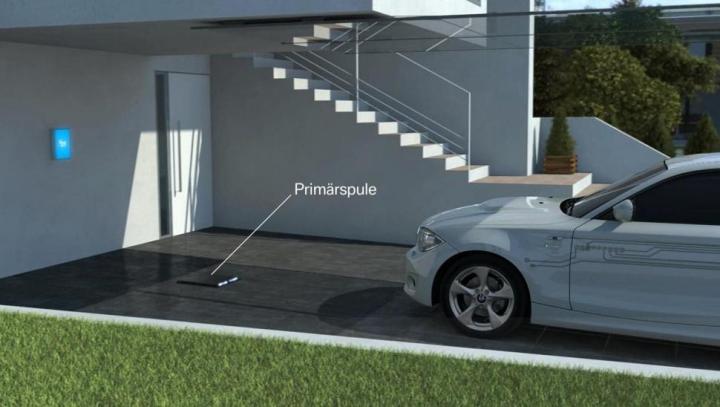
Qualcomm, an American telecommunications company, has installed its ‘Halo’ inductive charging system on a BMW i3 that will be used in the Formula E electric racing series. No, the Bimmer won’t be participating in the race, but it will serve as a course car.
Related: Preview BMW and Daimler’s wireless charging tech
The lack of cables will keep the cars primed and ready for action, says Qualcomm, whether it be as a safety car, an extraction vehicle, or a medical transport.
The company says the technology could make its way from the racetrack to the commuter market as soon as 2017.
“We’re in discussions at some level with all of the major companies developing electric vehicles, and some requests for quotations have already gone out,” Dr. Anthony Thompson, Qualcomm’s VP of Business Development, told Auto Express.
Like BMW and Daimler, Qualcomm’s technology uses wire coils and magnetic fields to charge EVs. The systems both use two pads, one mounted on the ground and the other on the vehicle, to transmit the magnetic field and thus, the energy. The field is converted to DC and used to replenish the car’s batteries.
The cordless system will likely be quite expensive at first, so Thompson expects the wireless tech to debut on higher-end EVs and hybrids first, such as the Tesla Model S and BMW i8.
“A member of senior management at one of the carmakers we’re talking to told me that they see EVs as a 10-year game,” he said. “They expect that 50 per cent of the cars they sell will be EVs or hybrids by then – and almost all of them will be using wireless charging by that point, too.”
“The technology is easy to conceive, but difficult to implement on the scale necessary to recharge an electric car,” explained Thompson. “It’s only really become possible in the last 20 years.”


